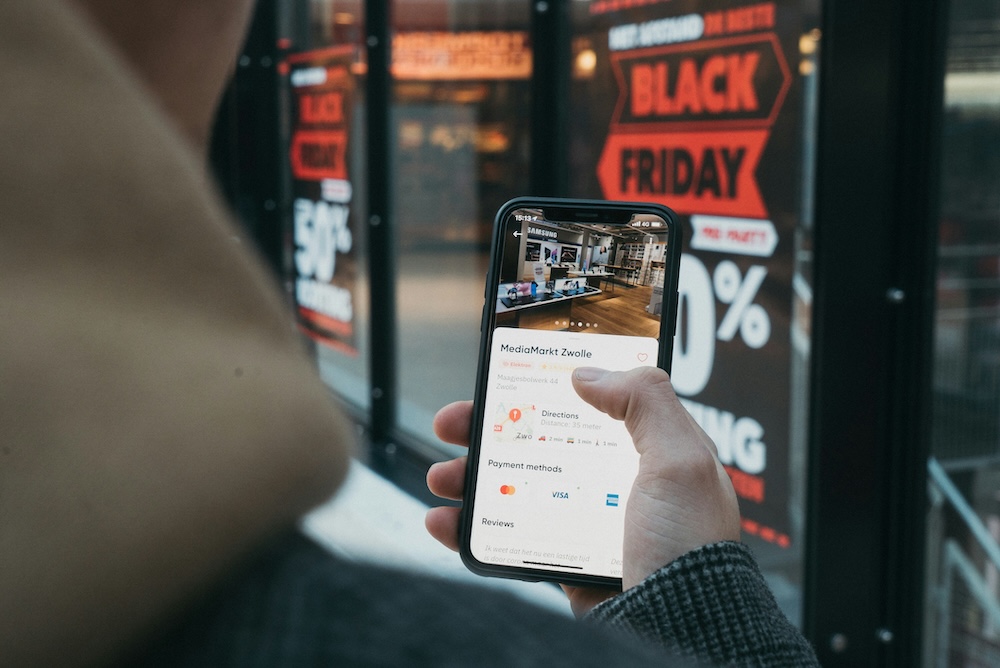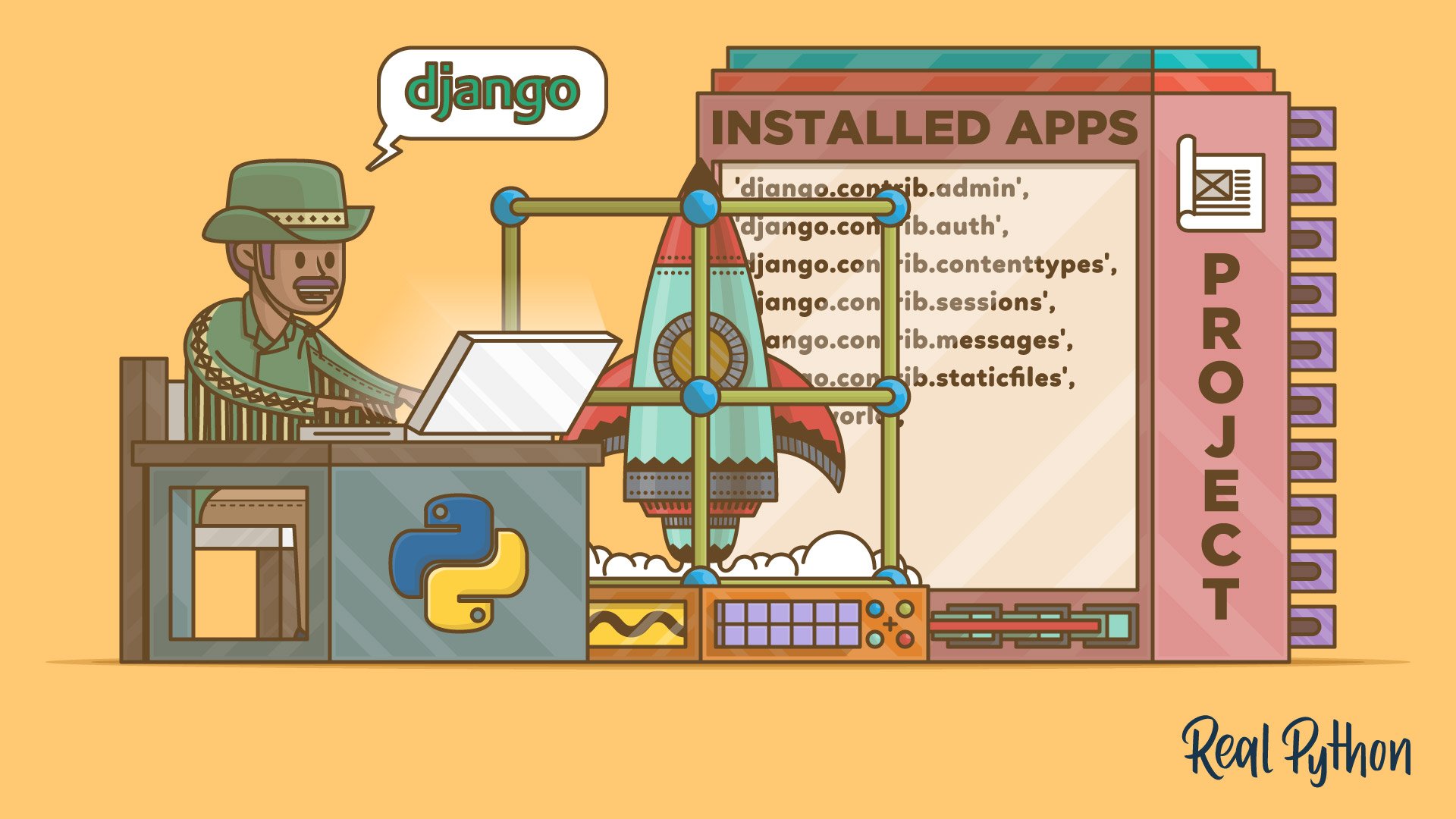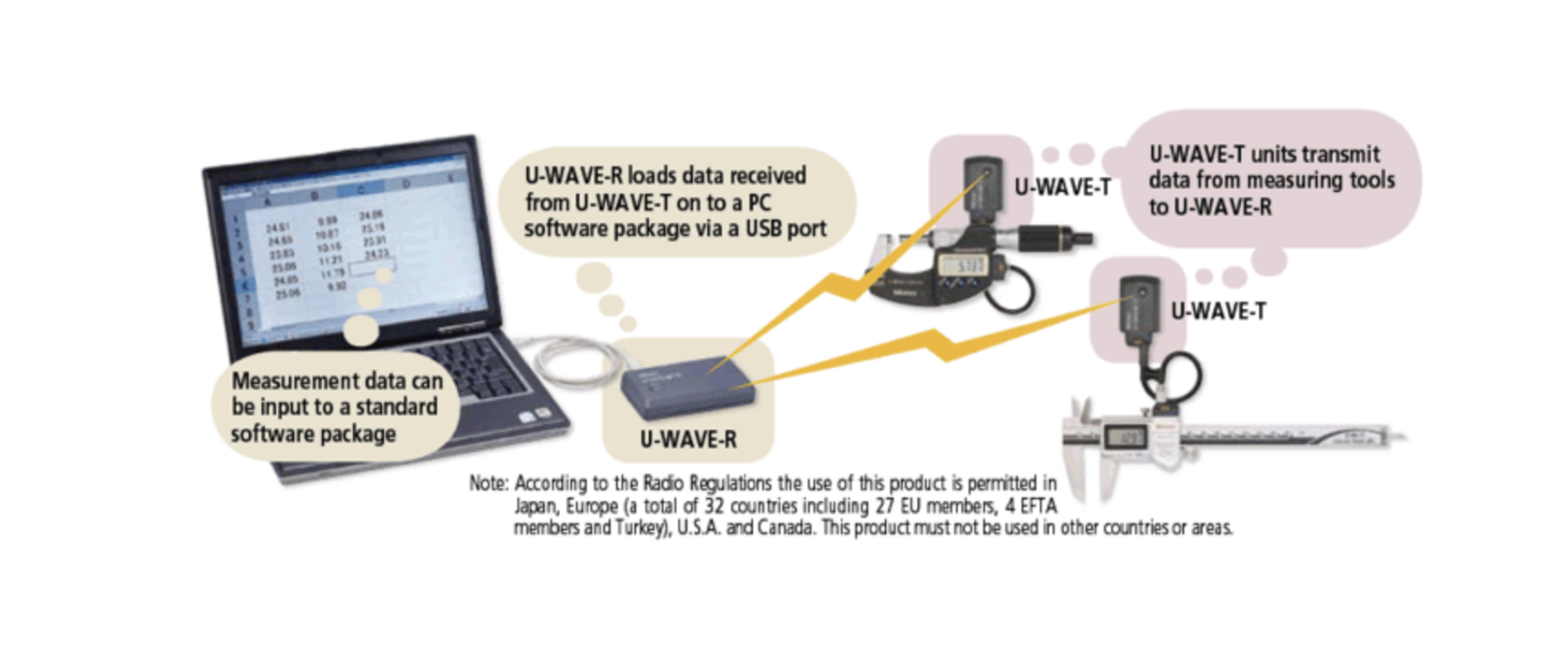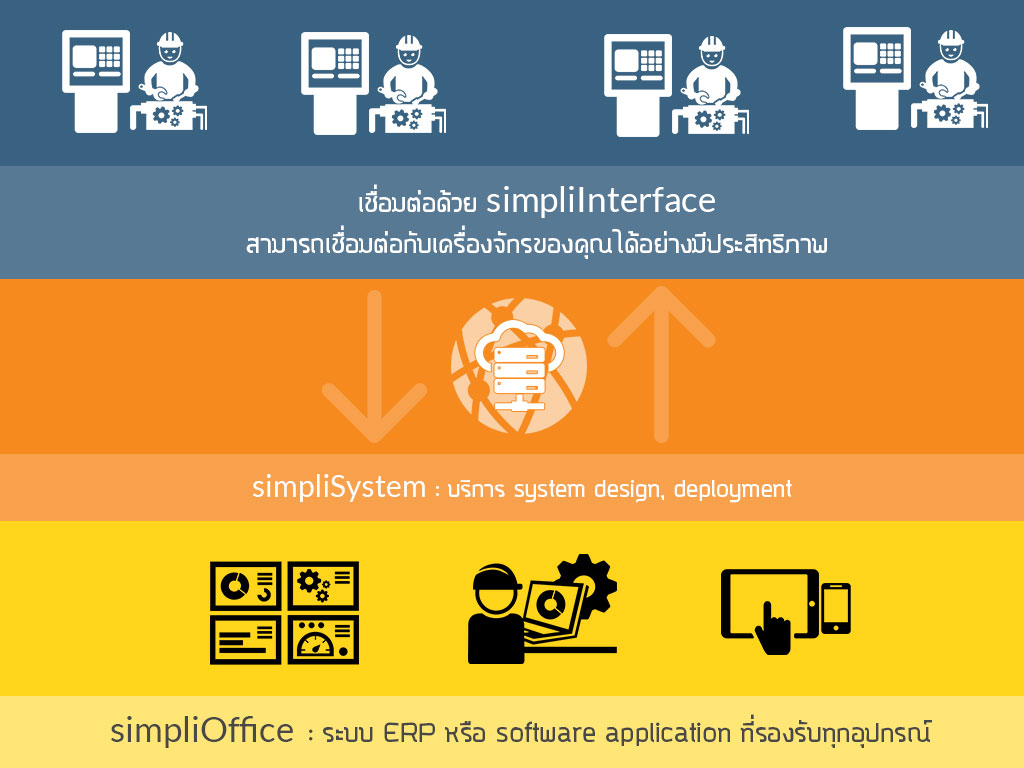How AI Helps in Detecting Counterfeit Luxury Products
Luxury brands face a growing challenge: counterfeit products. From designer handbags to high-end watches, fake goods flood online marketplaces and even physical stores. Fortunately, Artificial Intelligence (AI) is revolutionizing counterfeit detection, making it faster and more reliable than ever.
In this blog post, we’ll explore how AI detects counterfeit luxury products and provide a sample Python implementation to show it in action.
Why is Counterfeit Detection Important?
Counterfeit luxury goods harm both brands and consumers:
✅ Brands lose revenue due to fake versions of their products.
✅ Consumers get deceived, spending large amounts on inauthentic items.
✅ Luxury value is diluted when fakes flood the market.
Traditional methods—such as manual inspection and serial number verification—are time-consuming and not scalable. AI, on the other hand, automates and enhances image analysis, material verification, and blockchain tracking for authenticity.
How AI Detects Fake Luxury Products
AI-powered counterfeit detection relies on computer vision, deep learning, and data analysis. Here’s how it works:
1. Image & Video Analysis with Computer Vision
- AI models analyze product images to detect subtle differences in texture, stitching, and logos.
- Convolutional Neural Networks (CNNs) recognize patterns unique to genuine products.
- 3D Scanning & Surface Mapping compare the structure of the product to authentic items.
2. Material & Texture Verification
- Spectral Analysis scans the material composition of leather, metals, and gemstones.
- Microscopic AI Inspection detects inconsistencies that human eyes might miss.
3. Serial Number & RFID Authentication
- AI verifies QR codes, holograms, and NFC chips embedded in genuine products.
- Blockchain can store product history and authenticity records for tamper-proof validation.
4. AI-Powered Seller & Price Pattern Recognition
- AI analyzes pricing trends—fake luxury items often sell for significantly lower prices.
- E-commerce platforms use AI to monitor seller behaviors, identifying suspicious patterns.
5. Natural Language Processing (NLP) for Reviews & Descriptions
- AI scans product descriptions and customer reviews to detect fake listings.
- NLP identifies fraudulent keywords and misleading claims in online marketplaces.
Python Implementation: AI-Powered Counterfeit Detection
Let’s build a simple counterfeit detection system using a pre-trained AI model (ResNet-50). This model will classify whether an image resembles a genuine luxury product.
Step 1: Install Required Libraries
pip install tensorflow keras opencv-python numpy matplotlibStep 2: Import Necessary Modules
import numpy as np
import tensorflow as tf
from tensorflow.keras.preprocessing import image
from tensorflow.keras.applications.resnet50 import ResNet50, preprocess_input, decode_predictions
import cv2
import matplotlib.pyplot as pltStep 3: Load Pre-Trained ResNet-50 Model
# Load the ResNet-50 model (pre-trained on ImageNet)
model = ResNet50(weights='imagenet')
# Function to preprocess the image
def preprocess_image(img_path):
img = image.load_img(img_path, target_size=(224, 224)) # Resize image
img_array = image.img_to_array(img) # Convert to array
img_array = np.expand_dims(img_array, axis=0) # Add batch dimension
img_array = preprocess_input(img_array) # Normalize for ResNet
return img_arrayStep 4: AI-Based Counterfeit Prediction
def predict_authenticity(img_path):
img_array = preprocess_image(img_path)
predictions = model.predict(img_array)
decoded_predictions = decode_predictions(predictions, top=3)[0] # Get top 3 predictions
print("\nTop Predictions:")
for label in decoded_predictions:
print(f"{label[1]}: {label[2]*100:.2f}%")
# Define luxury-related classes (adjust as needed)
luxury_brands = ['handbag', 'watch', 'wallet', 'shoe']
for label in decoded_predictions:
if label[1] in luxury_brands:
print("✅ This item is likely **GENUINE**.")
return True
print("❌ This item might be **FAKE** or misclassified.")
return False
# Test with an image
img_path = 'sample_luxury_product.jpg' # Replace with actual image
predict_authenticity(img_path)How This Works
- The AI model analyzes the image of the luxury product.
- It checks whether the product resembles authentic categories (e.g., handbag, watch, etc.).
- If the AI recognizes a known luxury product, it considers it genuine. Otherwise, it flags it as fake or uncertain.
Enhancing the Model for Better Accuracy
While this example is a basic prototype, real-world counterfeit detection systems use more advanced AI techniques:
✔ Custom AI Training: Train a deep learning model using real images of genuine vs. fake luxury items.
✔ YOLO Object Detection: AI can detect specific brand logos, fonts, and holograms.
✔ Blockchain Authentication: Track ownership and authenticity using blockchain records.
✔ AI + Spectral Analysis: High-end AI models use X-ray and infrared scanning to verify material authenticity.
Conclusion: AI is Transforming Luxury Authentication
AI is revolutionizing counterfeit detection by making it faster, more accurate, and scalable. From computer vision to blockchain tracking, brands and consumers now have powerful tools to fight against fake luxury goods.
If you're a luxury brand, retailer, or consumer, investing in AI-powered authentication tools can save millions in losses and protect brand reputation.
Next Steps
🚀 Want to build a more advanced counterfeit detection system?
Let me know if you’d like:
- A full custom AI model tutorial (CNN training on luxury products).
- Real-time detection using OpenCV & YOLO.
- AI integration with blockchain for secure authentication.
Would you trust AI to authenticate your luxury products? Let’s discuss in the comments!
Get in Touch with us
Related Posts
- AI驱动的医院信息系统纵向整合(Vertical Integration)
- How AI Enables Vertical Integration of Hospital Systems
- 工业AI系统中的AI加速器 为什么“软件框架”比“芯片性能”更重要
- AI Accelerators in Industrial AI Systems: Why Software Frameworks Matter More Than Chips
- 面向中国企业的系统开发:以 AI + 工作流安全集成电商与 ERP
- Global-Ready System Development for EC–ERP Integration with AI & Workflow
- 不可靠的“智能”系统所隐藏的真实成本
- The Hidden Cost of ‘Smart’ Systems That Don’t Work Reliably
- GPU vs LPU vs TPU:如何选择合适的 AI 加速器
- GPU vs LPU vs TPU: Choosing the Right AI Accelerator
- 什么是 LPU?面向中国企业的实践性解析与应用场景
- What Is an LPU? A Practical Introduction and Real‑World Applications
- 面向软件工程师的网络安全术语对照表
- Cybersecurity Terms Explained for Software Developers
- 现代网络安全监控与事件响应系统设计 基于 Wazuh、SOAR 与威胁情报的可落地架构实践
- Building a Modern Cybersecurity Monitoring & Response System. A Practical Architecture Using Wazuh, SOAR, and Threat Intelligence
- AI 时代的经典编程思想
- Classic Programming Concepts in the Age of AI
- SimpliPOSFlex. 面向真实作业现场的 POS 系统(中国市场版)
- SimpliPOSFlex. The POS Designed for Businesses Where Reality Matters














